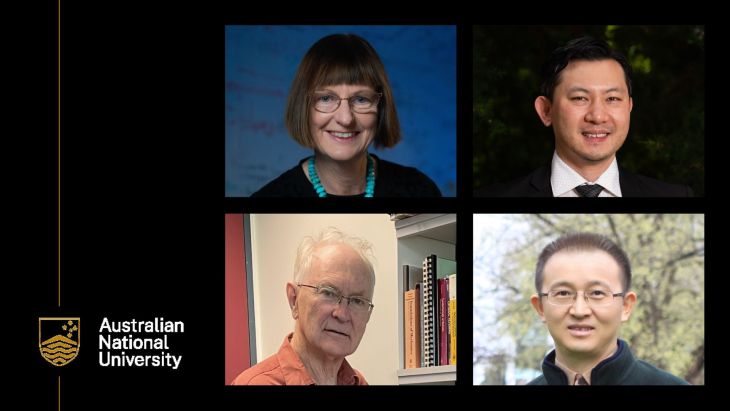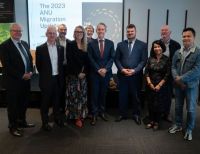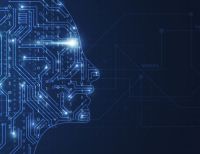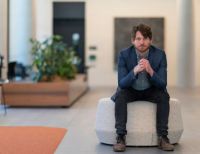ANU researchers who are unlocking the secrets of space and time, smash diseases with bacteria, develop new ultrathin technologies and create complex model of our world and bodies have been honoured with some of Australia's most prestigious science awards.
The four researchers - Distinguished Professor Susan Scott, Professor Si Ming Man, Professor Yuerui (Larry) Lu and Distinguished Professor Richard Hartley - have won medals from the Australian Academy of Science for their outstanding contributions to science and career-long accomplishments.
The awards, part of the Academy's annual honorifics, recognise Australia's "stars of science", including the nation's "leading minds" and "future superstars".
Distinguished Professor Scott was awarded the Thomas Ranken Lyle Medal for her work to advance our understanding of gravitational waves and the fabric of space-time. Her ground-breaking discoveries probe the existence and nature of singularities and the structure of space-time, as well as cosmological models representing the beginning and end of our Universe.
Professor Scott has also been a pioneer in the analysis of astrophysical signatures in gravitational wave experiments. She also played a leading role in Australia's participation in the first direct detection of gravitational waves in 2015.
Professor Man received the Gottschalk Medal for his research that has significantly advanced our understanding of inflammation as an underlying mechanism of health and disease. His work on the human immune system and infectious disease has also improved health outcomes for patients in Australia and abroad. His research could shape the way we treat inflammatory diseases and cancers in the future.
During his time at ANU, Professor Man has partnered with industry leaders and fellow scientists to give his discoveries a practical application, including working on a new class of antimicrobial drugs that could improve the global issue of antibiotic-resistant bacteria. He is also leading two clinical studies into the roles of immune receptors in early diagnosis and personalised therapy for bowel cancer patients.
The Pawsey Medal for outstanding research in physics was awarded to Professor Lu for his discoveries that could lead to advances ranging from 3D cameras for smartphones to more efficient satellite electronics and space missions. Professor Lu's team at ANU has developed new types of atomically thin 2D materials and devices with peculiar optical and electronic properties, enabling new applications in electronics, photonics and space. These novel materials facilitate devices that are significantly smaller, less massive, and require much lower power to operate.
Professor Lu's discovery could introduce new materials and devices in applications ranging from smaller and fast-speed 3D cameras for future smartphones, and low-weight and high-quality satellite electronics - making future space missions more accessible and cheaper to launch.
Distinguished Professor Richard Hartley received the Hannan Medal for his pioneering work on multiview geometry, which establishes the construction of 3D models from sets of images or videos. This technology allows construction of models of cultural or archaeological sites, as well as city and anatomical models. It also facilitates robot navigation in complex environments, and production of real models of objects through scanning and 3D printing.














